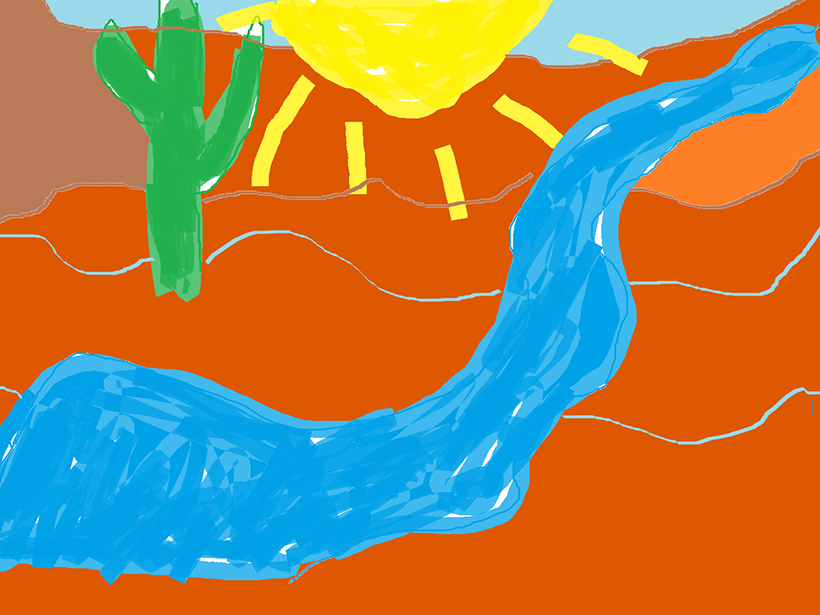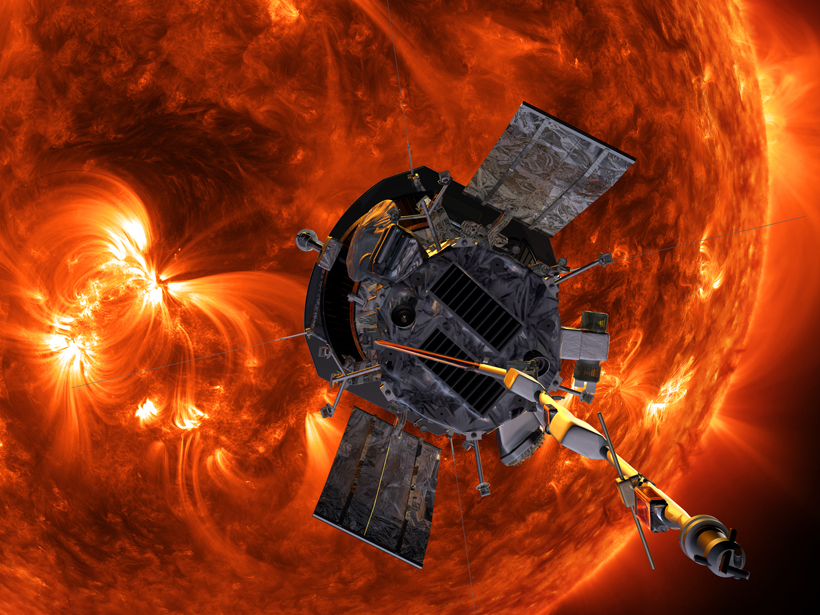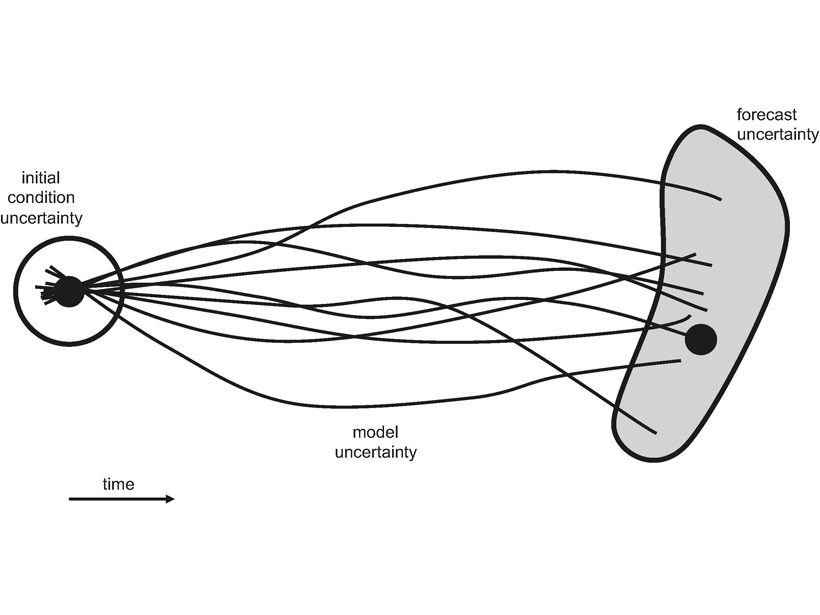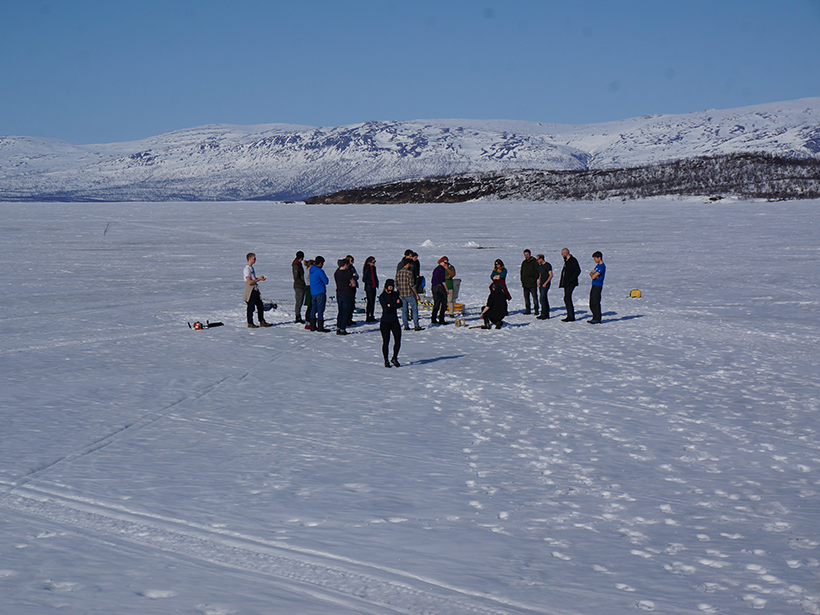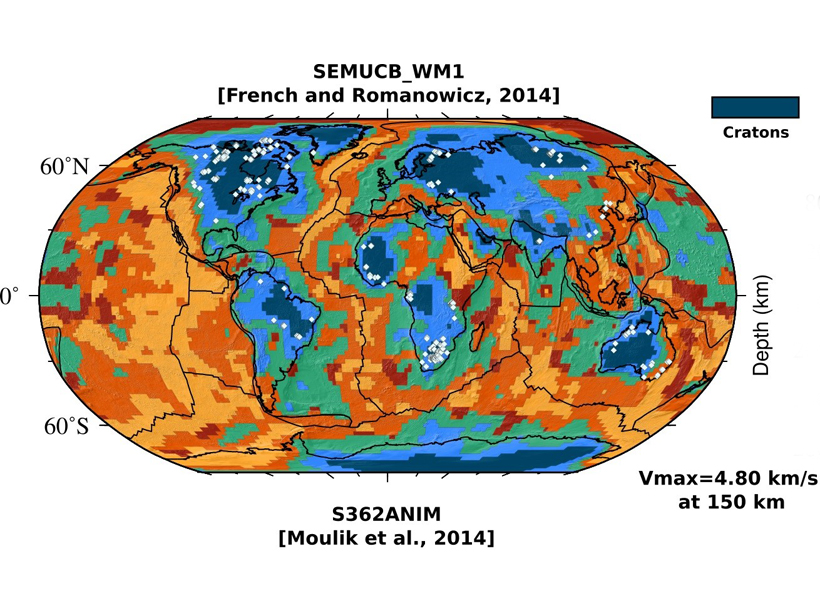We always knew Microsoft Paint was useful for something.
CC BY-NC-ND 2018
First Spacecraft to Touch the Sun Awaiting Launch
The Parker Solar Probe will study the Sun’s corona and its electric and magnetic fields, as well as the mechanisms that drive the solar wind, all from behind an advanced protective heat shield.
Kīlauea Eruption Abruptly Slows Down
Volcanologists say it’s too soon to know whether the sudden drop in activity signals the end of the eruption or just a pause.
2018 Class of AGU Fellows Announced
AGU is proud to have chosen 62 new Fellows and will honor them at the upcoming Fall Meeting 2018 in Washington, D. C.
Why Space Weather Needs Ensemble Forecasting
Weather forecasts combine many model predictions to create an ensemble that is more accurate than separate models, a technique now starting to be applied in space weather science.
Training Early-Career Polar Weather and Climate Researchers
Polar Prediction School; Abisko Scientific Research Station, Sweden, 17–27 April 2018
Hunting for Landslides from Cascadia’s Great Earthquakes
Researchers examine the rings of drowned trees in landslide-dammed lakes for clues to today’s earthquake hazards in the Pacific Northwest.
Dinosaur-Killing Asteroid Impact Made Huge Dead Zones in Oceans
The discovery reveals similarities between the extinction event that ended the Mesozoic Era and human-driven global warming.
Are Diamonds Ubiquitous Beneath Old Stable Continents?
Although rare at the Earth’s surface, diamonds may be commonplace at depths of 120 to 150 kilometers below the surface within the lithosphere of old continents.
Improving Air Quality Could Prevent Thousands of Deaths in India
More stringent emission controls are key to the country’s future health.

